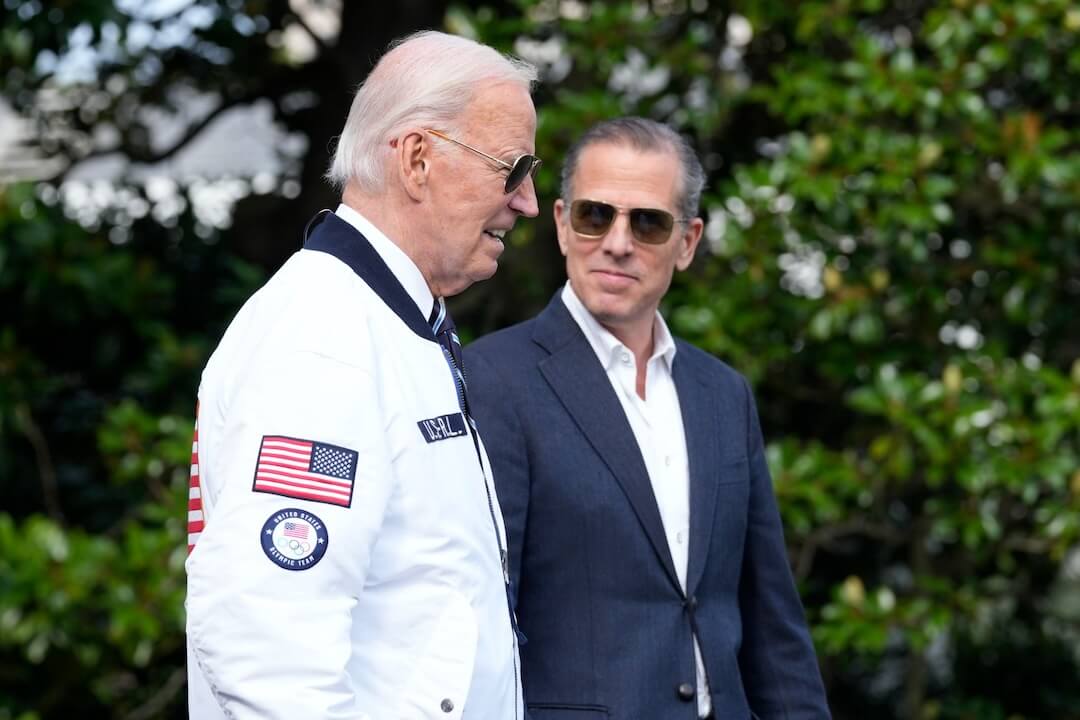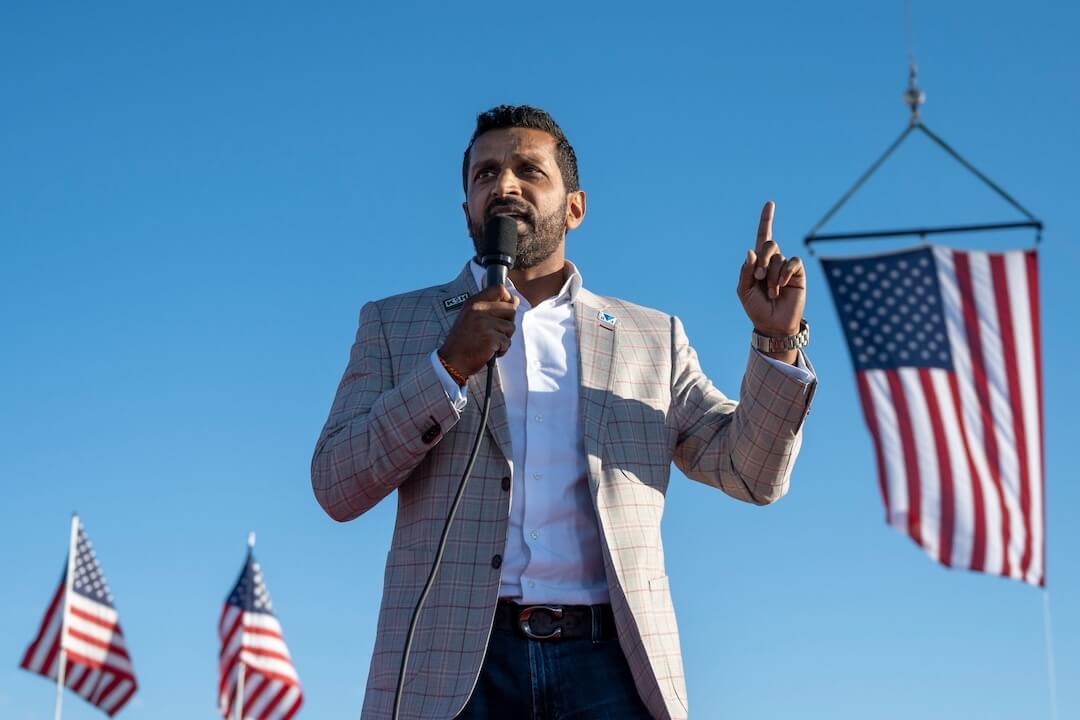 Covering COVID-19 is a daily Poynter briefing of story ideas about the coronavirus and other timely topics for journalists, written by senior faculty Al Tompkins. Sign up here to have it delivered to your inbox every weekday morning.
Covering COVID-19 is a daily Poynter briefing of story ideas about the coronavirus and other timely topics for journalists, written by senior faculty Al Tompkins. Sign up here to have it delivered to your inbox every weekday morning.
I always teach that the stories that resonate most with the public are those that involve money, family, health, safety, community and injustice. Here is one story that touches at least half of that list.
Let’s say you usually work in one state but you have moved to be closer to family during the pandemic. It makes no difference because it is all remote work anyway. But where you are working may obligate you to pay taxes in that state.
It is serious enough, The New York Times said, that “accountants are advising taxpayers to keep track of how many days they spend working in each state.”
The state where you have your primary residence typically can tax your worldwide income, and any state where you earn income also has the right to tax you on the income you earn in that state, said Kirk Stark, a professor of tax law at the University of California, Los Angeles.
“That immediately creates a possibility of two separate states taxing the same income,” Mr. Stark said.
Many states offer credits for taxes paid to other states, and that may ease the burden. But if the state where you have relocated does not have a reciprocity agreement with the state of your primary residence, you could be subject to double state-income taxation.
You have less to worry about if you have relocated to one of these 13 states, which have agreed not to tax workers who have moved there temporarily because of the pandemic: Alabama, Georgia, Illinois, Indiana, Massachusetts, Maryland, Minnesota, Mississippi, Nebraska, New Jersey, Pennsylvania, Rhode Island and South Carolina, according to the Association of International Certified Professional Accountants.
Here’s a link to the announcements from each of the states that agreed to not tax workers who relocated because of the pandemic.
This whole working-across-state-lines business is not a new headache for employees and employers. It is just a bigger headache now. Let’s hear from a tax attorney:
When an employee is working outside of the state or states where the employer operates, it “creates physical nexus, subjecting the employer to the tax regimes of that jurisdiction,” wrote Larry Brant, a tax attorney in the Portland, Oregon, office of law firm Foster Garvey.
Employers could be subject to state income taxes, gross receipts taxes, and sales and use taxes, he explained. Tax requirements imposed at the city or county level could come into play.
In addition to state and local taxes, employers should be mindful that the labor and employment laws of the state where a remote employee is working generally will apply to the employment relationship. “These laws may relate to … wage and hour rules, termination of employment, noncompetition, trade secrets, and sick and family leave rules,” Brant noted.
In particular, he recommended that employers understand state and local rules applying to workers’ compensation insurance. States “generally require that the employer register for and obtain workers’ compensation insurance in the state where the employee is performing the services,” Brant explained. Failure to do so may expose the employer to liability, including penalties for noncompliance with the state’s workers’ compensation laws.
The “convenience rule”
Before the pandemic, states generally lived by what tax lawyers call “the convenience rule.”
It works like this: If your job is based with an employer in, say, New York, but you live or work in another state out of “convenience” and not because your employer requires you to live there, then you owe income taxes to wherever the job is based. For example, New York City commuters living in New Jersey or Connecticut most likely will be double-taxed by the states where they live and where they work. The Tax Foundation said:
Massachusetts is demanding income tax payments from some of those who both live and work in neighboring New Hampshire (and elsewhere) during the pandemic, drawing objections and threats of litigation from Granite State officials. This unusual situation, where an employee could owe income taxes to their employer’s state even if they never personally set foot in it, is a pandemic-era innovation for Massachusetts, but was already the rule in six states. It can result not only in having tax liability in two states, but in true double taxation: paying taxes to two states on the same income, without any offsets. Rules like the one temporarily adopted in Massachusetts have significant implications for telecommuters going forward.
Six states — Arkansas, Connecticut, Delaware, Nebraska, New York, and Pennsylvania — had implemented so-called convenience rules prior to the COVID-19 pandemic, while Massachusetts adopted a temporary income sourcing rule with the same effect in response to pandemic-era telework.
To prevent double-taxation, some states offer a tax credit for people who live in one state but have jobs based in another. Some, but not all. And it does require some paperwork. The Tax Foundation explained:
Virginia offers a credit for taxes paid to other states on income earned in those states, so when the taxpayer files her Virginia tax returns, she can reduce her liability by what she paid in North Carolina. Virginia’s top rate of 5.7% is slightly higher than North Carolina’s flat rate of 5.25%, so she might end up paying some residual amount to Virginia (and of course pay on any non-wage income), but she is no worse off than if she had simply done all the work in Virginia, aside from the (not negligible) hassle of complying with two states’ tax codes.
Congress could step in
The Tax Foundation said there is some Congressional support for federal legislation that would prevent this kind of double-taxation. Senate Republicans included a provision in their Health, Economic Assistance, Liability Protection and Schools Act that prevents double taxation for workers who are doing their jobs remotely across state lines.
The HEALS Act would keep those exemptions in place until 2024. Under the HEALS act, a remote employee would still be subject to income tax in their state of residence and in any states where they work for more than 90 days during calendar year 2020. Starting in 2021, and through 2024, remote workers could still be taxed in both states if they live one place and work in another for more than 30 days a year.
Keep in mind that states and cross-border employees have been dealing with this for years. But with so many more people working remotely now, it is a much higher profile issue.
There will be a massive need for cold storage for vaccines

Nurse practitioner Judy Gallob pulls a packet of the swine flu live virus vaccine nasal mist out of a fridge in Phoenix in 2009. Some potential coronavirus vaccines will require ultra-cold storage. (AP Photo/Ross D. Franklin)
When there is a safe and working vaccine, there will be a need for lots of stuff: billions of needles, syringes, vials and workers to administer and document the vaccines. We will also need lots of freezer space to store the medicine.
Fierce Pharma, an industry website, reported:
A pair of frontrunner mRNA-based COVID-19 vaccines from Moderna and Pfizer could run into supply logistics issues over the ultra-cold storage needs for both shots, SVB Leerink analysts said in a pair of client notes Thursday.
Citing discussion at a CDC advisory committee meeting Wednesday, analysts pointed out that experts expressed concern that the temperatures required to store mRNA vaccines were “severely limiting” to distributors’ ability to ship the shots and to clinics’ ability to administer them to a wide swath of patients.
Pfizer and BioNTech’s mRNA hopeful, dubbed BNT162b2, specifically raised eyebrows: The vaccine reportedly needs to be held in storage at -94° Fahrenheit, and will last for only 24 hours at refrigerated temps between 35.6° and 46.4°. Meanwhile, most protein subunit vaccines — the type being developed for COVID-19 by Sanofi and Novavax, among others — can be held at refrigerated temps for months, analysts said.
If the winning vaccine requires near-freezing temperatures to remain viable, it will create big challenges in distribution.
The Wall Street Journal said UPS and Lufthansa are putting together “freezer farms” to handle vaccine storage. UPS is building “freezer farms” in Venlo, Netherlands, and Louisville, Kentucky. While the precise location of the facilities is not public, WLKY-TV reported that storage will need to be near airports:
David Graves, corporate and communications manager for UPS, said the structures will house up to 300 freezers at -80°C. The freezers themselves are about the size of an average refrigerator and can hold 48,000 vials of the vaccine, Graves said.
The freezers will additionally be certified by the U.S. Food and Drug Administration to hold the super-chilled cargo. The company looks to have the Louisville farm installed before the end of the year, he said.
UPS said it will be making test runs in September to iron out the logistics of delivering vaccines. The underlying story to the success or failure of a COVID vaccine is not just in the efficacy of the medicine. Logistics — the task of moving stuff from one place to another — is key to winning wars, building businesses and defeating a virus. When logistics go badly, we have toilet paper, personal protective equipment and ventilator shortages. We generally don’t cover logistics until there is a problem, which is, of course, why we should consider such things now.
Defense experts explained, for example, that the biggest financial costs of war are not the missiles or bullets. It is the infrastructure and logistics that are needed to get supplies and soldiers and tanks and fuel from here to there and keep them running that costs the most. The Brookings Institute calculated that it costs a staggering $1 million per Marine to keep that person on duty in Afghanistan, and that is above the cost of the salary and machinery the Marine would use. That’s just infrastructure and logistics.
It will be interesting to find out what is happening behind the scenes locally to prepare for the day that vaccines do become available. Go back and revisit the polio programs that your community staged. Who was served first and who was inoculated last?
As a backstory of how this can go badly, in the 1980s I worked in Guatemala, where the country was trying to inoculate Indigenous people against polio. Polio vaccines need to be stored cooler than about 45 degrees Fahrenheit, but need deep-freeze temperatures for long-term storage. Some badly stored vaccines failed to protect children and, coupled with unfounded conspiracy rumors that claimed that the shots infected the kids with the illness, it set vaccination efforts back years. (It took Herculean efforts to get the country polio-free in 1990, later than all of its neighbors.)
Imagine in today’s everybody-has-a-conspiracy-theory era what would happen to a vaccination effort if improperly stored vaccines failed to protect a swath of patients.
Is your “surge capacity” depleted?
This essay may have connected with me because it used the word “surge” while I was thinking about Hurricane Laura. But the online reaction to it convinced me that so many people feel the same thing — wrung out by the pandemic, the economic nosedive, shuffled school calendars, social and racial unrest, a divisive election and natural disasters. It has, for lots of us, depleted our capacity to adapt, adapt, adapt to all of the changes.
The notion of emotional “surge capacity” is the product of research by University of Minnesota professor Ann Masten, who studies “Risk and Resilience.” The notion is that we all have mental and physical adaptive systems that get us through short-term emergencies.
For me, it is that energy and awareness that comes just before and during a Florida hurricane. And on day three with no electricity, I realize the thrill is gone.
Dr. Masten said of the pandemic:
“I think we maybe underestimate how severe the adversity is and that people may be experiencing a normal reaction to a pretty severe and ongoing, unfolding, cascading disaster,” Masten says. “It’s important to recognize that it’s normal in a situation of great uncertainty and chronic stress to get exhausted and to feel ups and downs, to feel like you’re depleted or experience periods of burnout.”
Science writer Tara Haelle talked with other mental health professionals who said it is not at all surprising that you high-achievers out there might be feeling especially drained by the pandemic:
It’s not surprising that, as a lifelong overachiever, I’ve felt particularly despondent and adrift as the months have dragged on, says Pauline Boss, Ph.D., a family therapist and professor emeritus of social sciences at the University of Minnesota who specializes in “ambiguous loss.”
“It’s harder for high achievers,” she says. “The more accustomed you are to solving problems, to getting things done, to having a routine, the harder it will be on you because none of that is possible right now. You get feelings of hopelessness and helplessness, and those aren’t good.”
The biggest surprise, the experts told Haelle, is that we might think that somehow, we might not be affected by everything that has changed around us. That makes me think that it would be really affirming and strengthening for journalists to assure people who feel drained that they are feeling something that is not in the least way abnormal or even unexpected.
“In this case, it is a loss of a way of life, of the ability to meet up with your friends and extended family,” Boss says. “It is perhaps a loss of trust in our government. It’s the loss of our freedom to move about in our daily life as we used to.” It’s also the loss of high-quality education, or the overall educational experience we’re used to, given school closures, modified openings and virtual schooling. It’s the loss of rituals, such as weddings, graduations, and funerals, and even lesser “rituals,” such as going to the gym. One of the toughest losses for me to adapt to is no longer doing my research and writing in coffee shops as I’ve done for most of my life, dating back to junior high.
“These were all things we were attached to and fond of, and they’re gone right now, so the loss is ambiguous. It’s not a death, but it’s a major, major loss,” says Boss. “What we used to have has been taken away from us.”
Dr. Matsen suggested we consider these:
We have to expect less of ourselves, and we have to replenish more,” Masten says. “I think we’re in a period of a lot of self-discovery:
-Where do I get my energy?
-What kind of down time do I need?
-That’s all shifted right now, and it may take some reflection and self-discovery to find out what rhythms of life do I need right now?”
“When we’re forced to rethink our options and broaden out what we think of as self-care, sometimes that constraint opens new ways of living and thinking,” Masten says. “We don’t have a lot of control over the global pandemic but we do over our daily lives. You can focus on plans for the future and what’s meaningful in life.”
It got me thinking that I would like for journalists to go to high achievers in your community, people who we admire, and find out what they are doing to get through uncertain times. Think of business leaders, the people who shape your arts scene, the builders and creators, the religious and civic leaders, heads of universities and hospitals, real political and cultural thought leaders across gender, racial, ethnic and economic lines.
Even if you find that the people we admire most are struggling through these months, it would be useful to see that we mere mortals are not alone.
What restaurant critics write about now
My colleague Kristen Hare has an interesting piece on the new role of restaurant writers when people cannot sit and eat in restaurants. She reported on The Orange County Register’s “COVID Comfort Ratings,” which score restaurants on 12 criteria (temperature checks at the door, mask enforcement, hand sanitizer, outside dining, etc.), but no one thing accounts for the A to F rating.
“My cousin had his best year fighting fires”
Washington Post contributing columnist Danielle Allen wrote about her cousin Michael, who is serving a prison sentence and was a part of the firefighting teams battling what was then the biggest forest fire in California history. This line touched me: “The inmate firefighting program also shows us exactly what Michael, growing up in South Central L.A., had needed before he committed his crimes: that same opportunity for meaningful and recognized work and positive social connections.”
The times in which we live
The Dallas Morning News sports columnist Kevin Sherrington took us to a Friday night Texas high school football game in this “new normal.” The cheerleaders wear masks, the fans sit on green dots and the standing room-only (usually) stadium must remain half empty. The players, coaches and crowd seem resigned to comply with the restrictions if for no other reason but salvage what they can of Texas life.
I loved the headline: “Playing high school football in a sterile setting is like trying to hold a rock concert in a hospital ward.”
We’ll be back tomorrow with a new edition of Covering COVID-19. Sign up here to get it delivered right to your inbox.
Al Tompkins is senior faculty at Poynter. He can be reached at atompkins@poynter.org or on Twitter, @atompkins.







